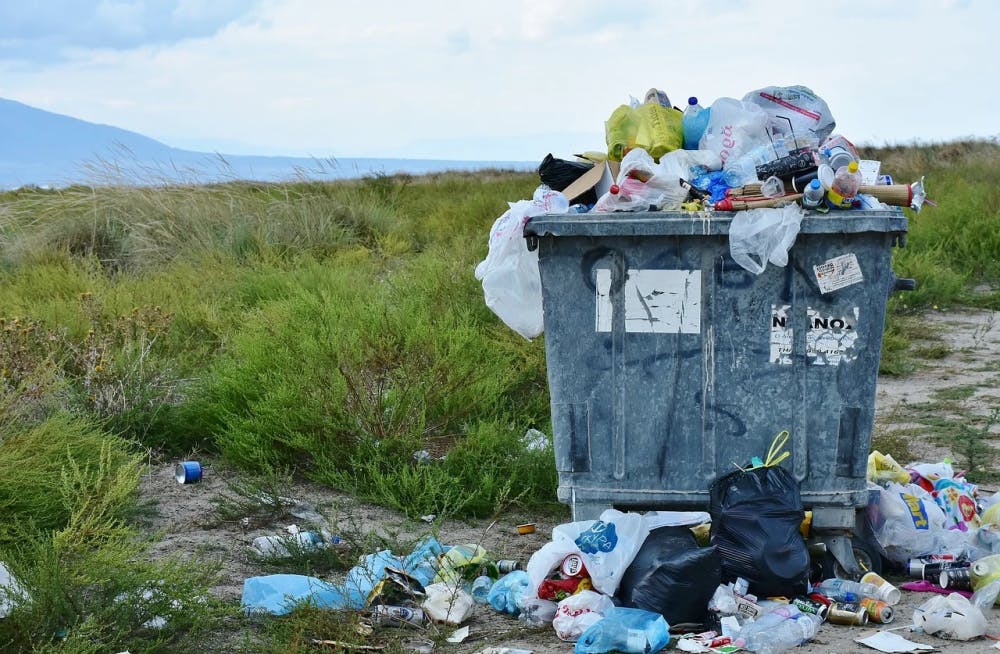By: Brandi Young
Plastic is a synthetic or a semi-synthetic organic compound created from petrochemicals, chemicals produced from petroleum or natural gas, that can be molded into various shapes and products. Recently there has been some push back on the use of plastics, more specifically single-use plastics. The term “single-use plastics” refers to products that are made to be tossed out after one use like food packaging, straws, bottles, bags and more. The issue with these types of products is the negative impact they can have on the environment and wildlife.
One of the most common forms of single-use plastics is grocery bags. These bags have a disastrous effect on the planet. They take 300 years to degrade, which then breaks down into tiny particles that contaminate waterways, soil, and the food chain.
In 2014, California was the first state to create legislation in an attempt to limit consumer use of these types of plastics. The legislation included a ban on single-use plastic bags and a charge of 10-cents or more on reusable plastic bags. This took effect on July 1, 2015. Since then, seven other states have banned plastic bags, too. In Hawaii, many counties have established bans prohibiting the use of non-biodegradable plastic bags, along with paper bags that contain less than 40 percent recycled materials. This is just the beginning of a change in lifestyle for Americans, but the work is not over.
There are sustainable options you can utilize instead of using plastic bags. The most obvious answer is buying a reusable bag, which can be brought into the store to be used instead of the plastic bags that are available. They are rising in popularity and have piqued the interest of DIY enthusiasts who can teach you how to make them from old clothing.
Another option is to use the paper bags that are at the store. Although paper bags are slightly more environmentally friendly than the plastic bags, not all stores have them. Additionally, paper bags aren’t necessarily guilt free when it comes to their production process. Despite some drawbacks of paper, plastic still takes the cake with the more harmful environmental impact. So, what can we do with the plastic bags that we already have?
One of the biggest issues with plastic bags is that they can’t be recycled. However, many stores have locations where you can drop your plastic bags off and they will recycle them for you.
Another option is to use your own plastic bag collection to create mats for homeless people! Motor City Mittens Mission is an organization that gathers plastic bags and transforms them into mats and pillows that make sleeping more comfortable for people without permanent homes. You can donate bags to them directly, or you can create your own mats following their tutorials. Start off by tying the bags to create plarn, yarn made of plastic, and then weave that into a mat. There are plenty of differentways to go about making plarn, or you can donate your plastic bags to an organization that makes the plarn.
There are an abundance of ways to properly dispose of plastic bags and reduce our overall consumption. It is our responsibility to take care of the planet while we inhibit it, and these small, mindful changes can lead you to make that small step towards sustainability.
Photo courtesy of Pixabay




